Tokaj wine region is the smallest wine region in the world. The rest of it lies in Hungary. Some of its wines are well known abroad, even in countries like Asia. The place is even home to the oldest and longest Tokaj wine cellar, owned by Tokaj Company. Built at the end of the 14th century, the cellar is 2.5 km. Tokaj wine region is also the oldest defined wine region – 150 years older than Bordeaux.
How to get there
Many foreigners who visit Slovakia usually come to the capital city. Some of them continue to explore the rest. Usually places like High Tatra or Košice City on the east.
In case you happen to be in Košice you can take a train or bus to Čerhov or some other village in the Tokaj region. You can take a bicycle with you or rent one at the location.
In the next chapters, I will give you insight into the main villages starting with Čerhov, and continuing with Veľká and Malá Tŕňa, then further south to Bara, Viničky and Slovenské Nové Mesto.

Čerhov village
When you enter the village by car or bus, you will pass one small Jewish cemetery. There are a couple of graves and a decaying fence surrounded by an old wash-out billboard and a big monument referencing the Tokaj region. When you walk down to the center you will pass a police station, Catholic Church, winery, and local pub with an ice-cream shop. Central Square has some information tables pointing out cycleways or where to find the nearest museum of tools.
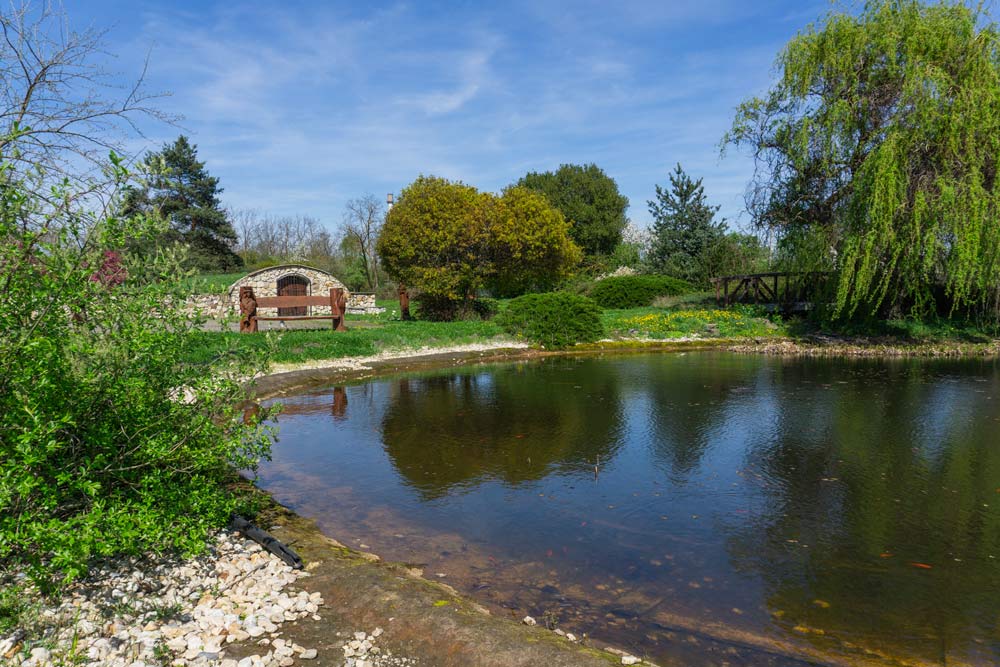
After you cross the train rails, you will find a local winery shop and bus stop. Opposite there is a beautiful park with a small lake and wine cellars. The park is filled with many wooden statues, trees, and plants and there is also a small stadium with benches for special occasions.
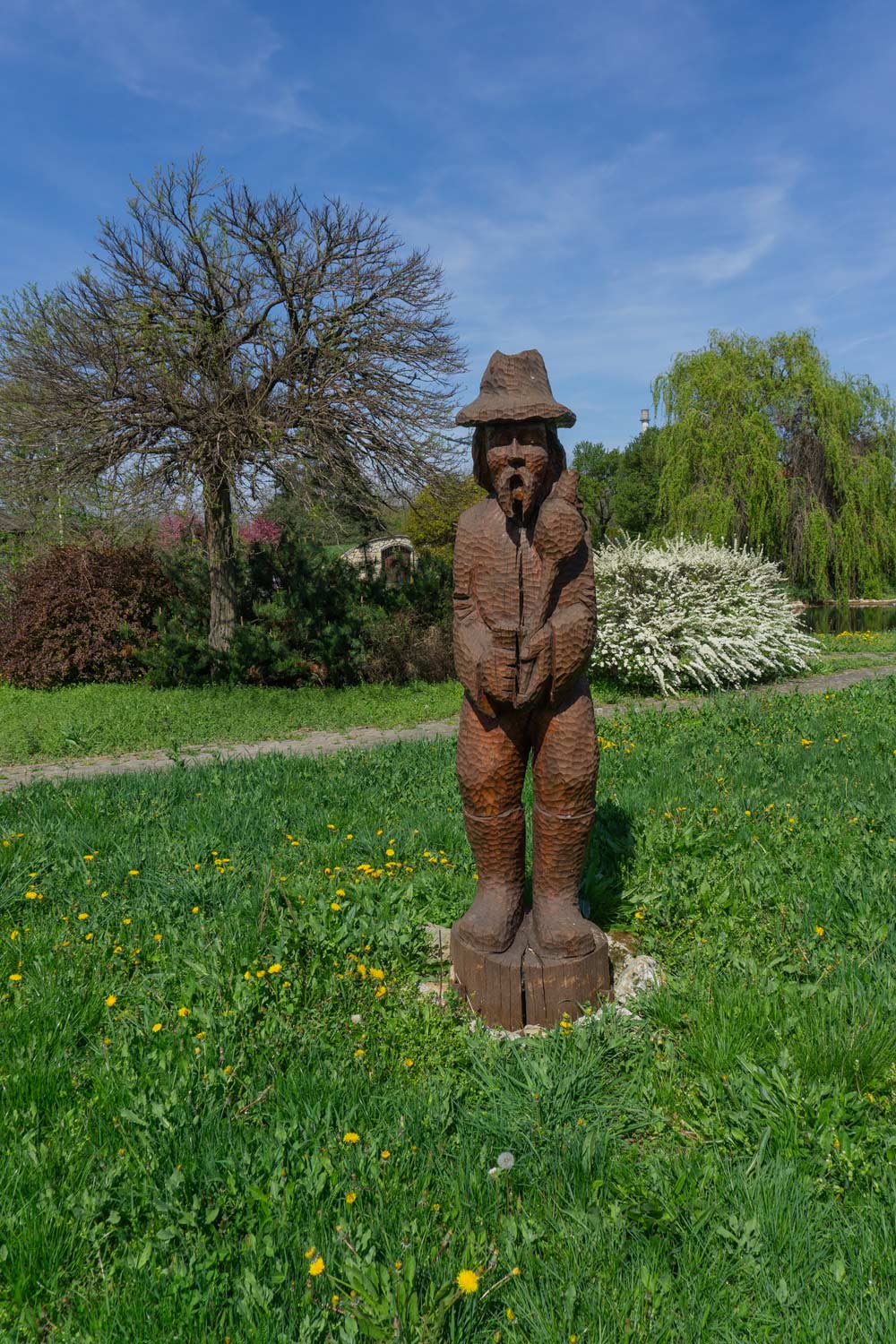
Nearby is the Tokaj Tourist Information Center and Bike Rental and House of Local Folklore and Traditions, or family winery U Koňa.
Veľká Tŕňa village
The village is known mostly for the wine cellar called Gazdovské pivničky. It is a complex of 33 stone underground cellars from the 15th Century. The place belongs to the national cultural heritage and awaits its entry on the UNESCO world heritage list. In case you want to visit some of this cellar on an ordinary day, you will need to get in contact with the owner. The cellars tend to be open usually during special events like festivals. The place resembles Hercegkút mostly because of the similarly shaped cellars. But they are set in the village, there are many houses around, while the Hercegkút cellars are more isolated and border with forest and Calvary on the hill.
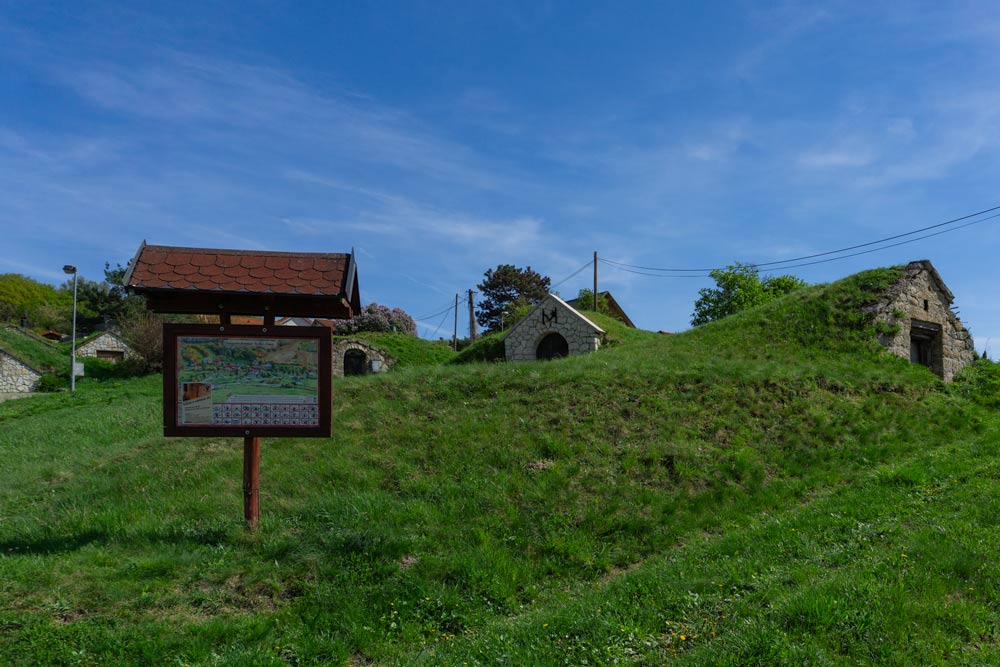
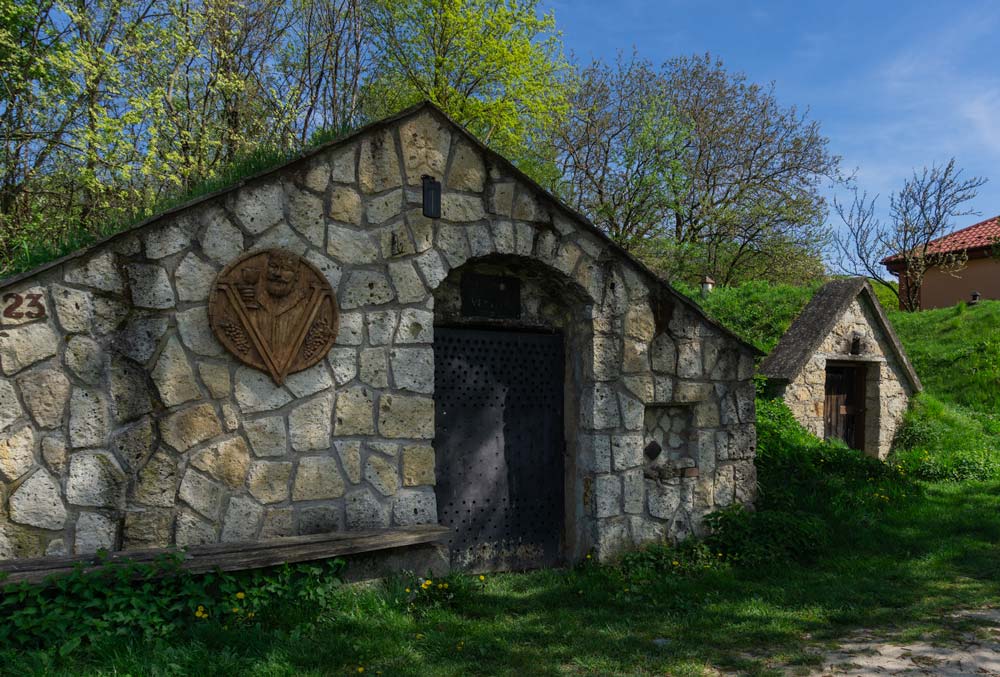
In the past, in the 16th century, Turks and Tatars invaded the village and realized that wine was great for trading. They supported and even forced local people to establish wineries and cellars.
The village is also home to some notable wineries like Ostrožovič, and Vdovjak. There are many apartments too in case you would love to spend some more time there.
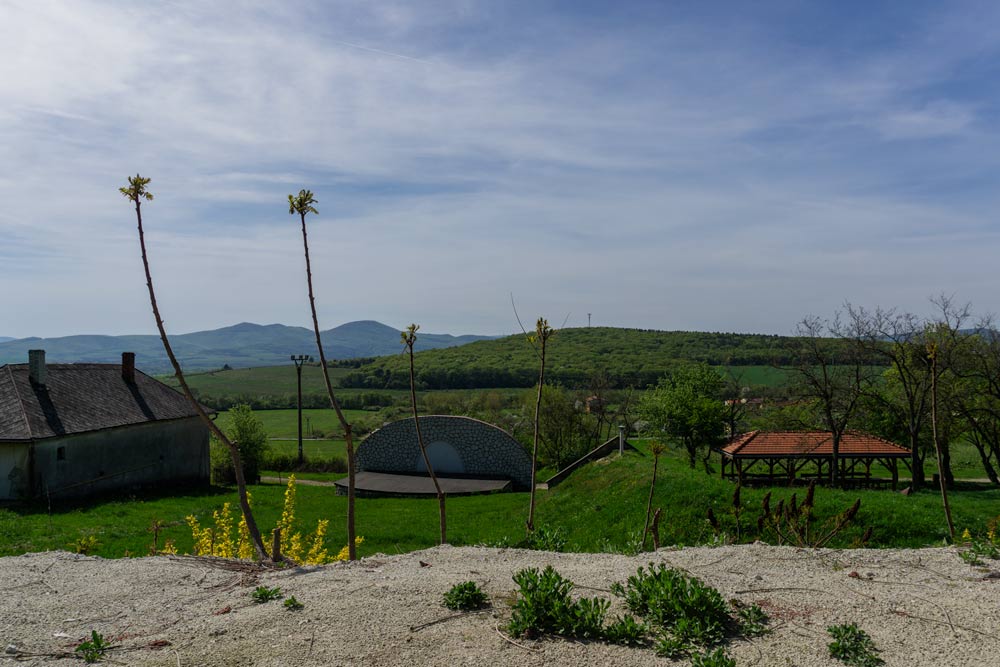
Besides the wine cellars, you can find there two churches. One is Greek-catholic, which was built in classicist style in the 19th century with a baroque rooftop. The second one is the Roman church known as St. Michal. It belongs to the Reformed Catholic Church, and it was built in the 13th century. It dominates the place with its decorated facades.
Malá Tŕňa village
The first mention of the village is from the 14th century. The first written information about the wineries is from the 15th century.
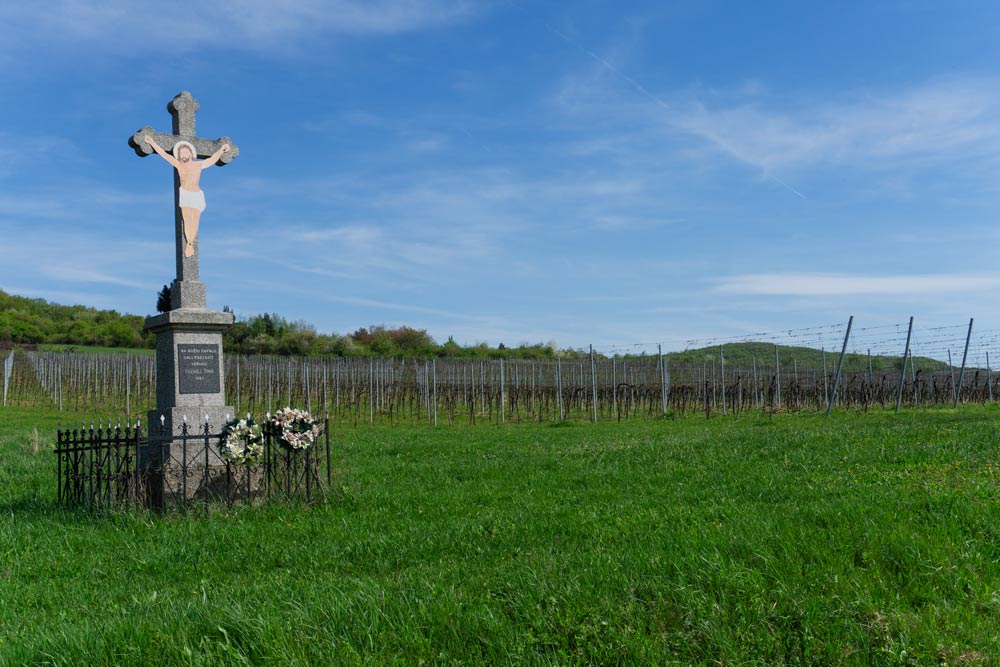
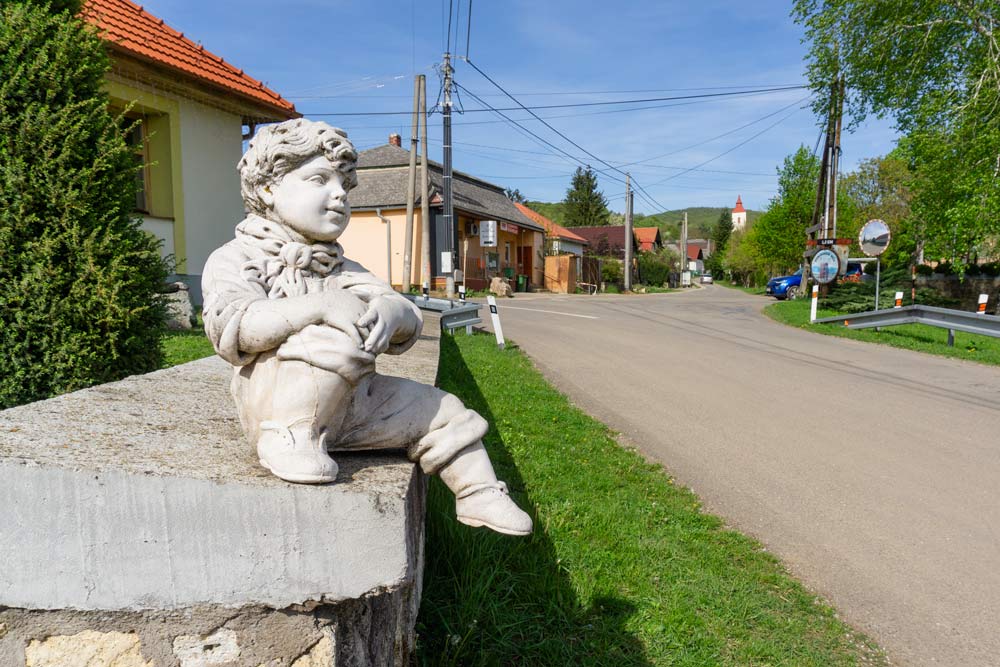
As I have mentioned in the beginning the longest and oldest wine cellar in Tokaj – then this is the village where you will find it. There are two important winemakers – Tokaj and Co, and Macik winery. The latter one offers accommodation too. The main square is full of information tables and billboards about upcoming cultural events like wine festivals. Right on the other side of the road is Tokaj wine house – a multifunctional place that offers accommodation, places for wine tastings as well as for events. You can also book a small train tour that will take you to the vineyards and the Tokaj Tower.
When you head east from the main square, you will come to the renaissance church that belongs to the Reformed Church. It was built on the remains of the older Gothic church in 1656.
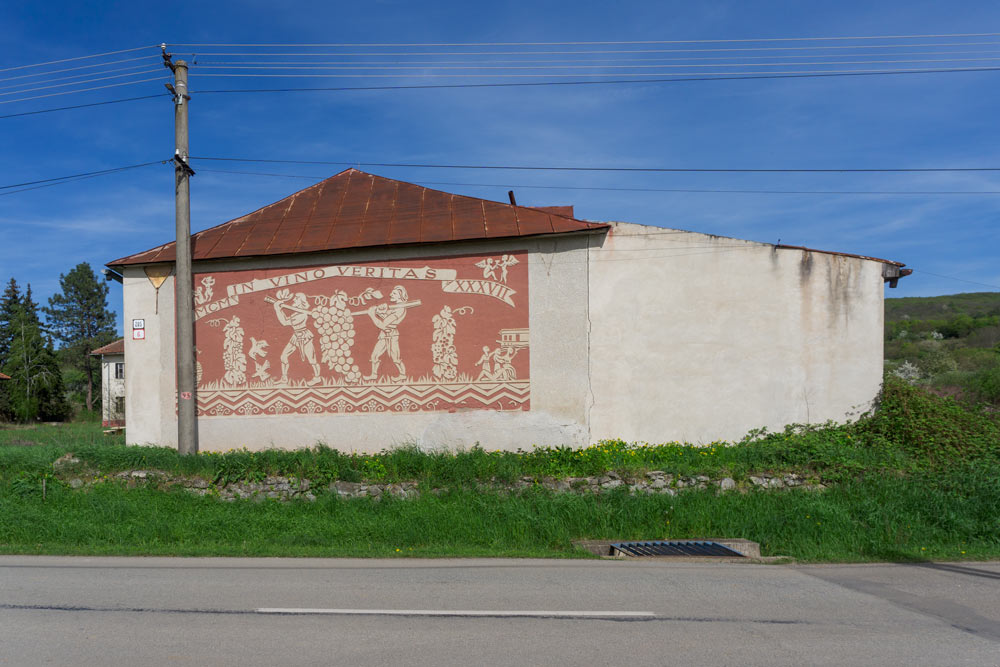
When you enter the village from the north when coming from Veľká Tŕňa you will pass by a Winery Research Station established in the 20th century in the former manor house. Unfortunately, today the place is decaying and in need of reconstruction.
Tokaj Tower
When you head down the street Kráľovka from the main square in Malá Tŕňa you will come to the Tokaj Tower. The tower is 12 meters high and made of steel in the shape of a wooden cask. You can get a nice overview of the vineyards from it. There are also tables depicting the scenery in front of you.
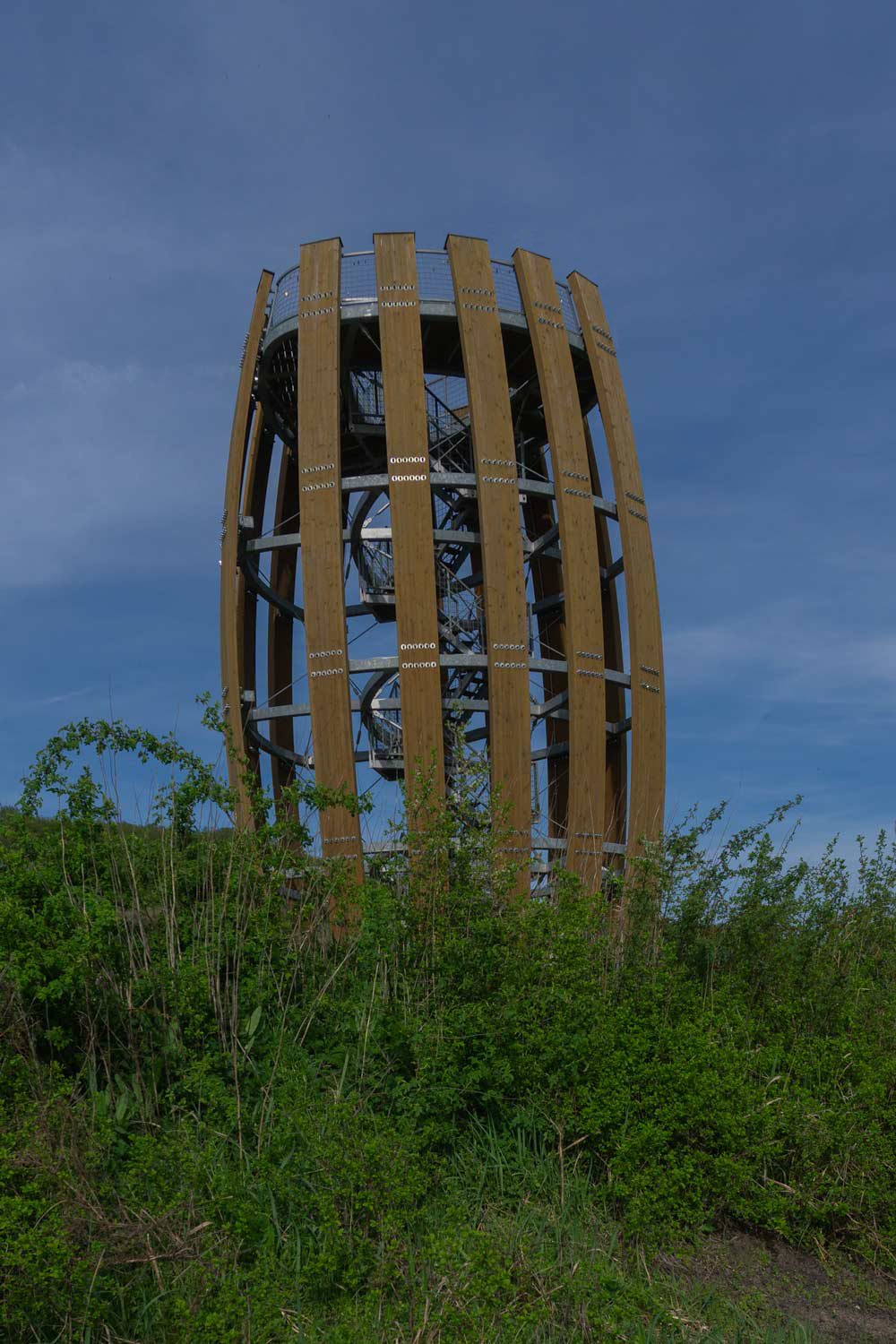
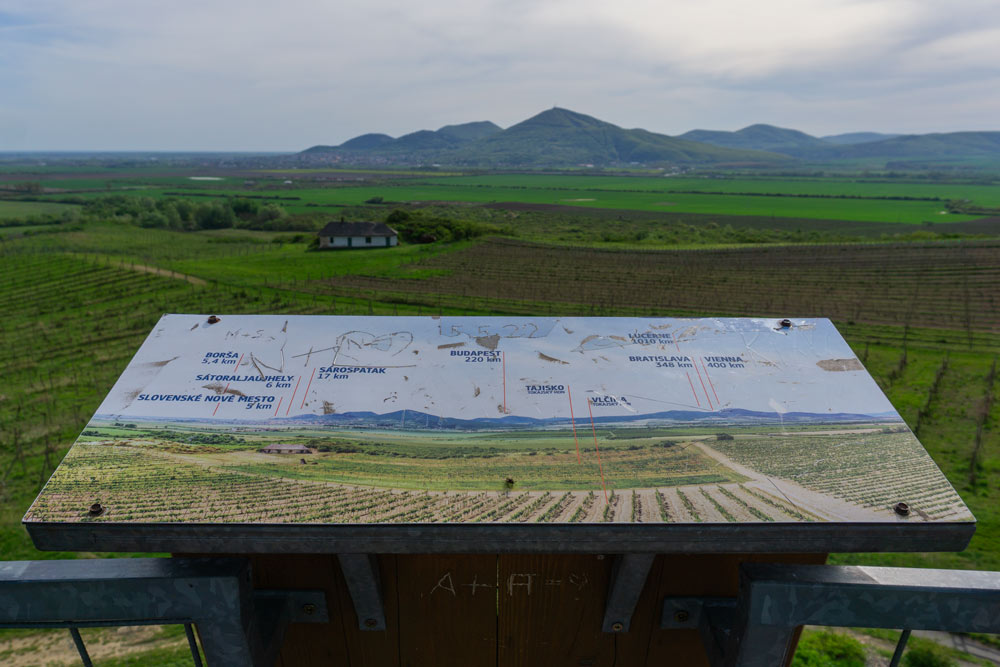
If you decide to continue further to Černochov village, you will pass the Gate to vineyards. There is not much to see in this village. But if you want to get the taste of a more up-scale winery and accommodation, try Château Grand Bari. Its vineyards have the best terroir.

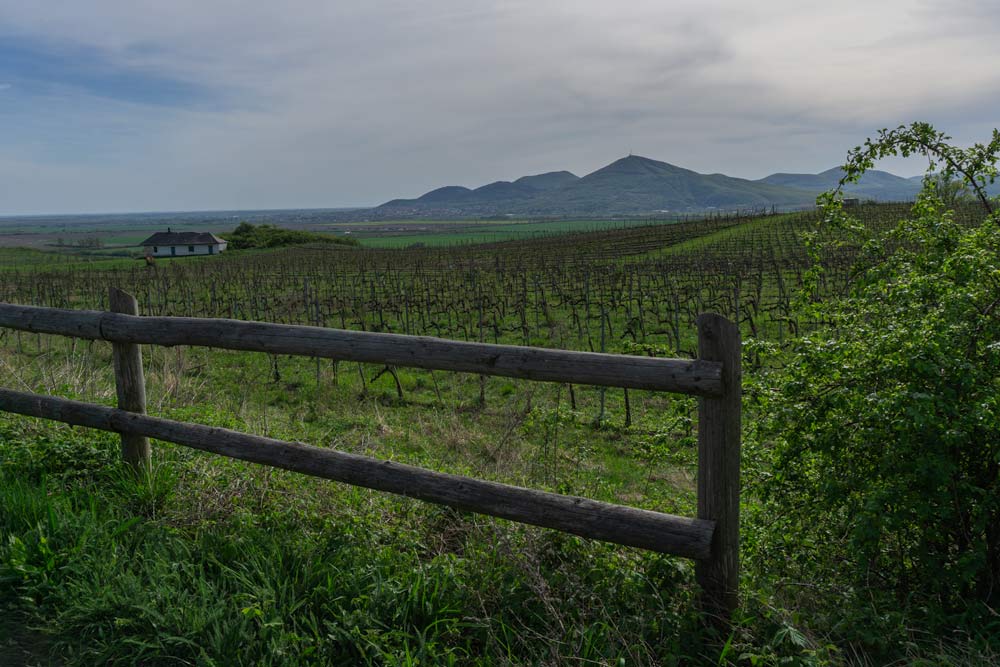
Viničky village
The first written information about the village is from the 13th century, when it used to be named Zeuleus. The village is home to three important wineries – Château Viničky, Tokajská spoločnosť Viničky, and Tokaj Zlatý Strapec. The last one, Zlatý Strapec is a family-owned winery that offers 2 wine tasting rooms in a medieval cellar. They also inform visitors about the history and technology used for making Tokaj wine. There is also a wine shop on site.
The village offers a variety of hiking and sightseeing around. For example, you can take a boat trip down the river Bodrog to Hungary, or visit the horse-shoes-shaped death arm of the river Bodrog. Then nearby is the lowest point of Slovakia – Klín nad Bodrogom which is 94.3 meters over the sea.
National reservation Tajba was established in 1986, and it is divided into two parts. The place is great for bird watching or endangered European pond turtles.
Slovenské Nové Mesto
The town is a good starting point for everyone who wants to explore the Hungarian Tokaj wine region. There is a direct train from Košice to Slovenské Nové Mesto. You just need to cross the border by foot when you want to visit Sátorajlaújhely. From there you can continue with the train down to Sárospatak and Hercegkút.
I’ll delve deeper into the trip and exploration of the Hungarian wine region in my upcoming article, providing readers with additional insights. Additionally, you can learn more about Slovakia wine regions in my previous post.
Sources:
youtube.com/watch?v=RX_NlmAl7dA
tokajregion.sk